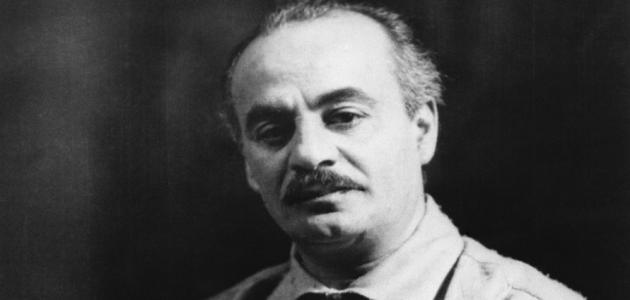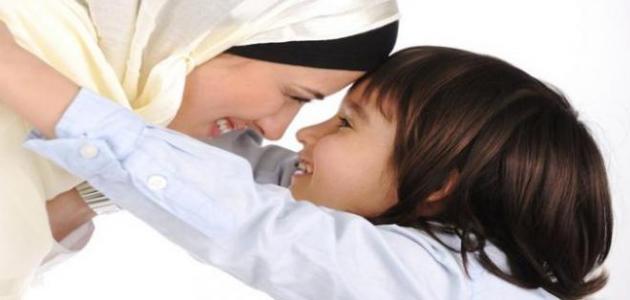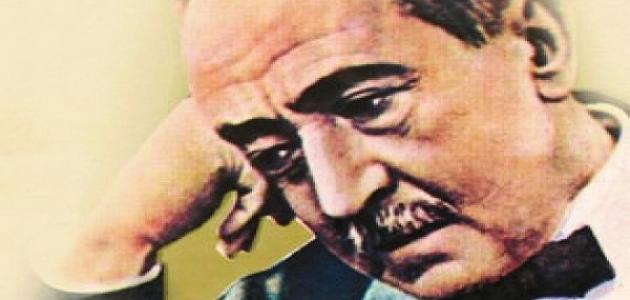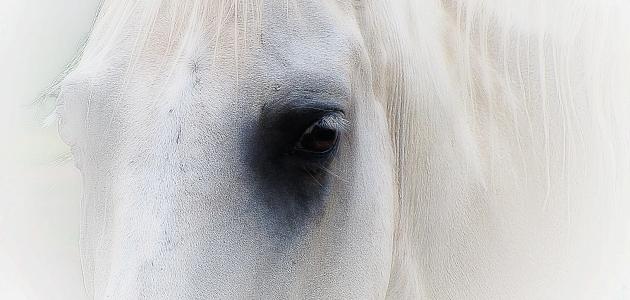Tale definition
The tale is known as a traditional story, or a famous legend of a particular culture, and it is transmitted orally from one generation to the next. Because it is inherited through generations, its details and events are subject to change according to time and place in order to become more connected with the contemporary reality and environment.
Tale types
There are different types of stories, including the following:
- Myths: They are short stories, spread in all countries, and are transmitted from one generation to another through speech, and usually contain unusual and out of the ordinary situations, and most of their characters are animals and plants that are endowed with human qualities such as the ability to speak, and may contain supernatural personalities And there is no analogue in reality.
- Tall tales: It is a story with unreal elements, which appeared for the first time in popular American literature, and is used in oral competitions, and its characters are a mixture of reality and fantasy.
- fairy tales: They are stories that contain traditional and popular characters for each country, and are often intended for children, and are written down with the aim of transmitting them, and most of their characters are goblins, jinns, giants, and statues.
- Legends: It is a narrative narrative that explains phenomena and situations, and the changes that occurred in the world and people, and is always linked to religious interpretations, and most of its characters are gods, heroic and spiritual figures, and examples of them are Greek mythology.
The importance of the story for children
There are positive effects of stories on children, including the following:
Read also:Mahmoud Darwish's words about love- Enhancing the child's imagination and increasing his culture and creativity, and this contributes to determining the profession that he deems appropriate for him in the future, as stories often include different ways of doing things, and contain different cultures around the world, which arouses the child's curiosity, and increases his desire to experiment and learn.
- Distinguishing between right and wrong, as stories help children know aspects of right and wrong in indirect ways.
- Increase the child's thinking and analysis skills.
- Helping children deal with their emotions.
- Increase the child's sense of fun and purposeful suspense.









